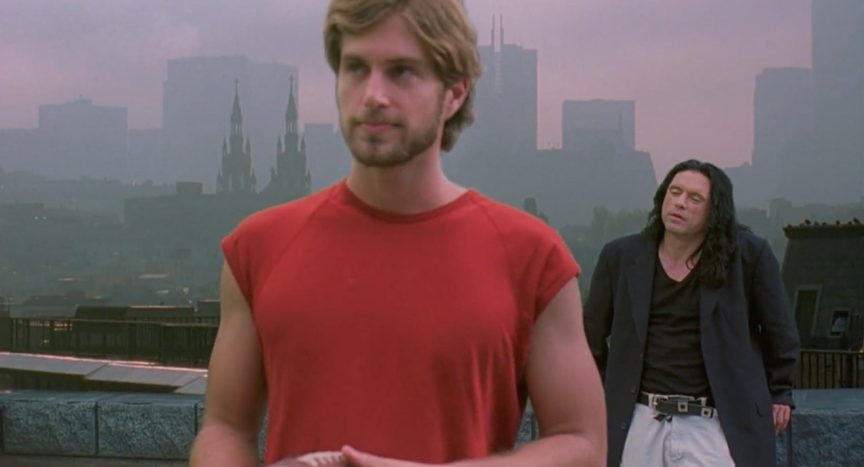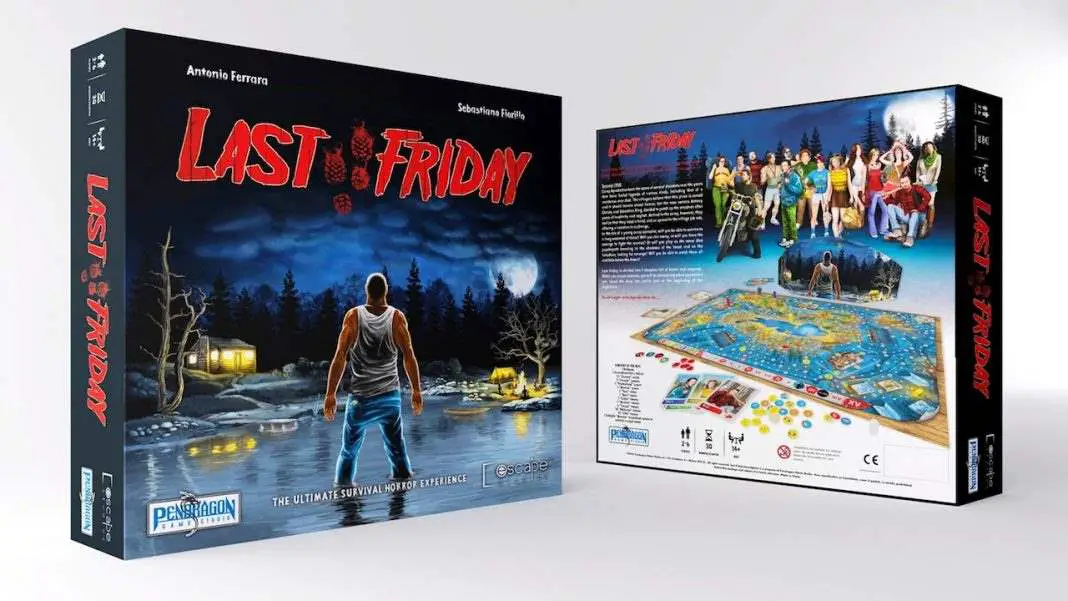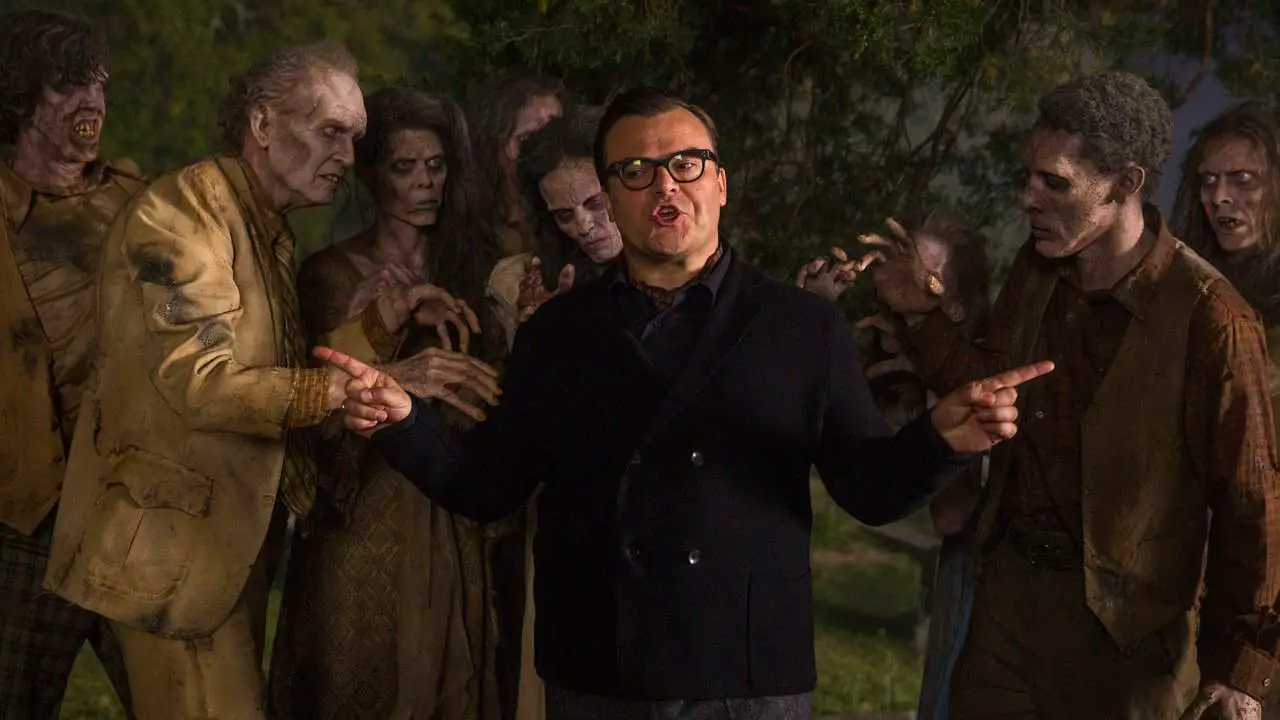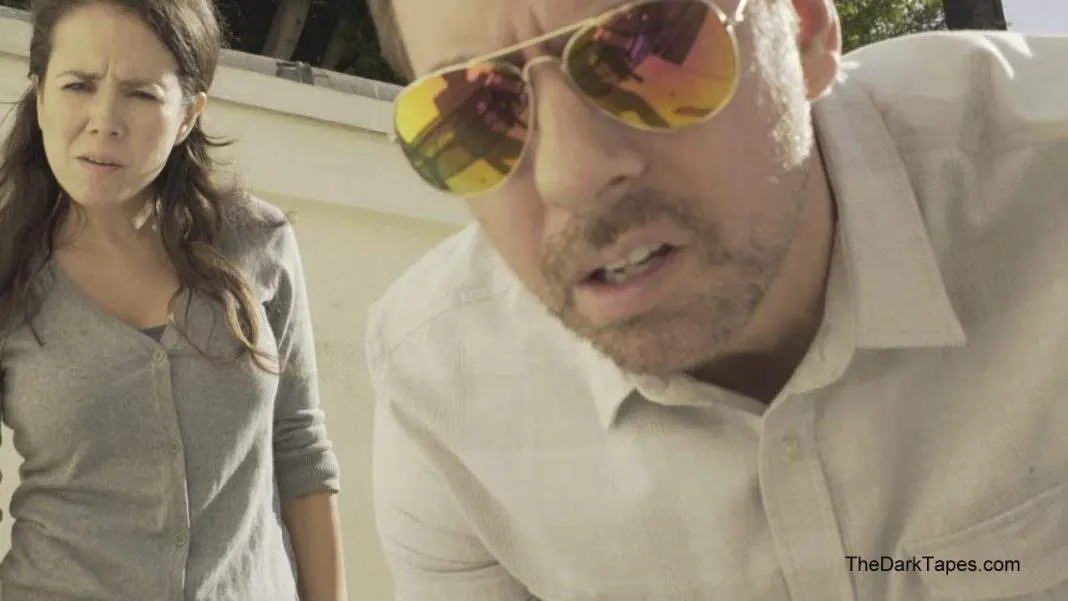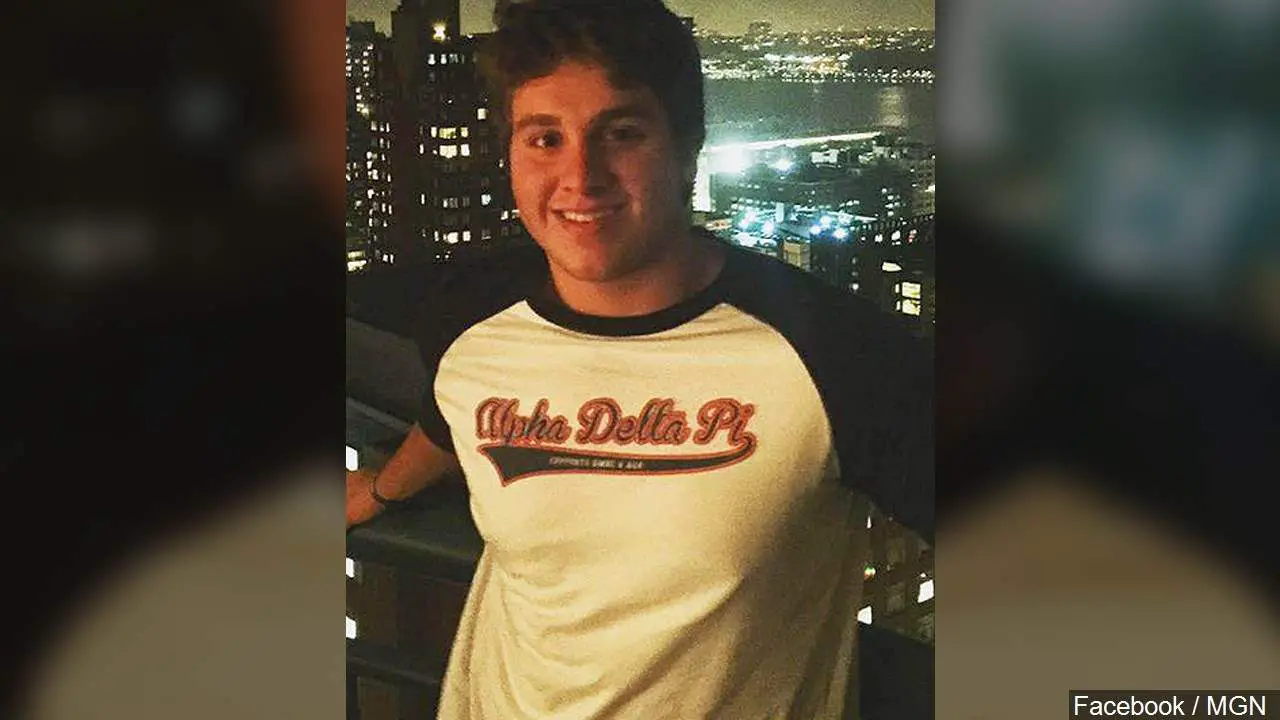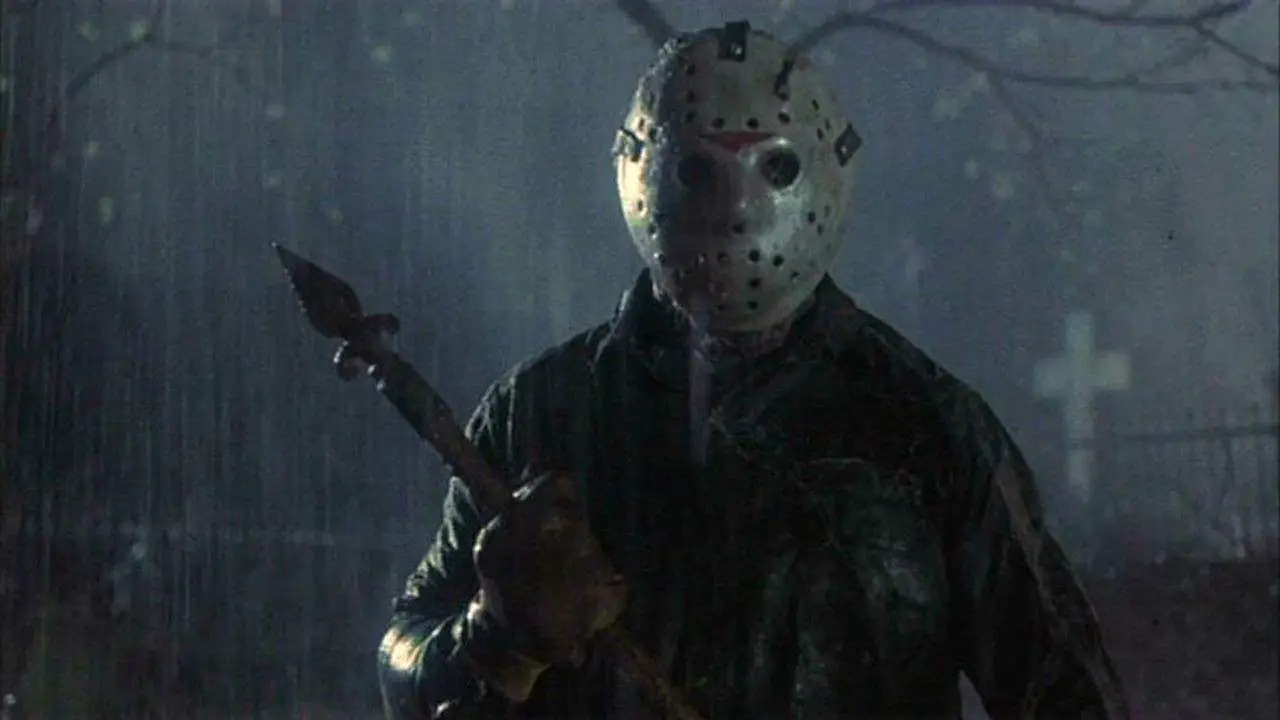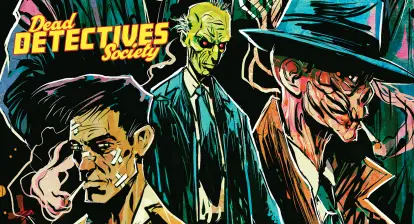Wicked Horror sat down with actor/writer/director Greg Sestero to discuss his upcoming horror projects, his favorite filmmaking experiences, and what he learned making The Room.
Most famous for his role as Mark in the cult classic film The Room and as the author of the incredible memoir The Disaster Artist, Greg Sestero has also had a long history in the horror genre. His first leading film role was in Retro Puppet Master and since then he’s appeared in the hilarious Dude Bro Party Massacre III, Mike Flanagan’s The Haunting of Bly Manor, and Miracle Valley (on Prime Video).
Wicked Horror: You made your directorial debut with Miracle Valley and you were so involved—not just directing, but writing, and lead acting. What was that experience like?
Greg Sestero: Miracle Valley was sort of a life project. I’d moved to Arizona to get away from everything and I went down there with the sole purpose of making a horror film. I had no idea what it was going to be about. I just knew I was going to take some time and take in the environment and try to create something. So it was sort of like an artist’s retreat, kind of an artist’s dream with the only goal and the only mission to go and make something—make a film. And I was going to write it, direct it, and, ultimately, I ended up starring in it.
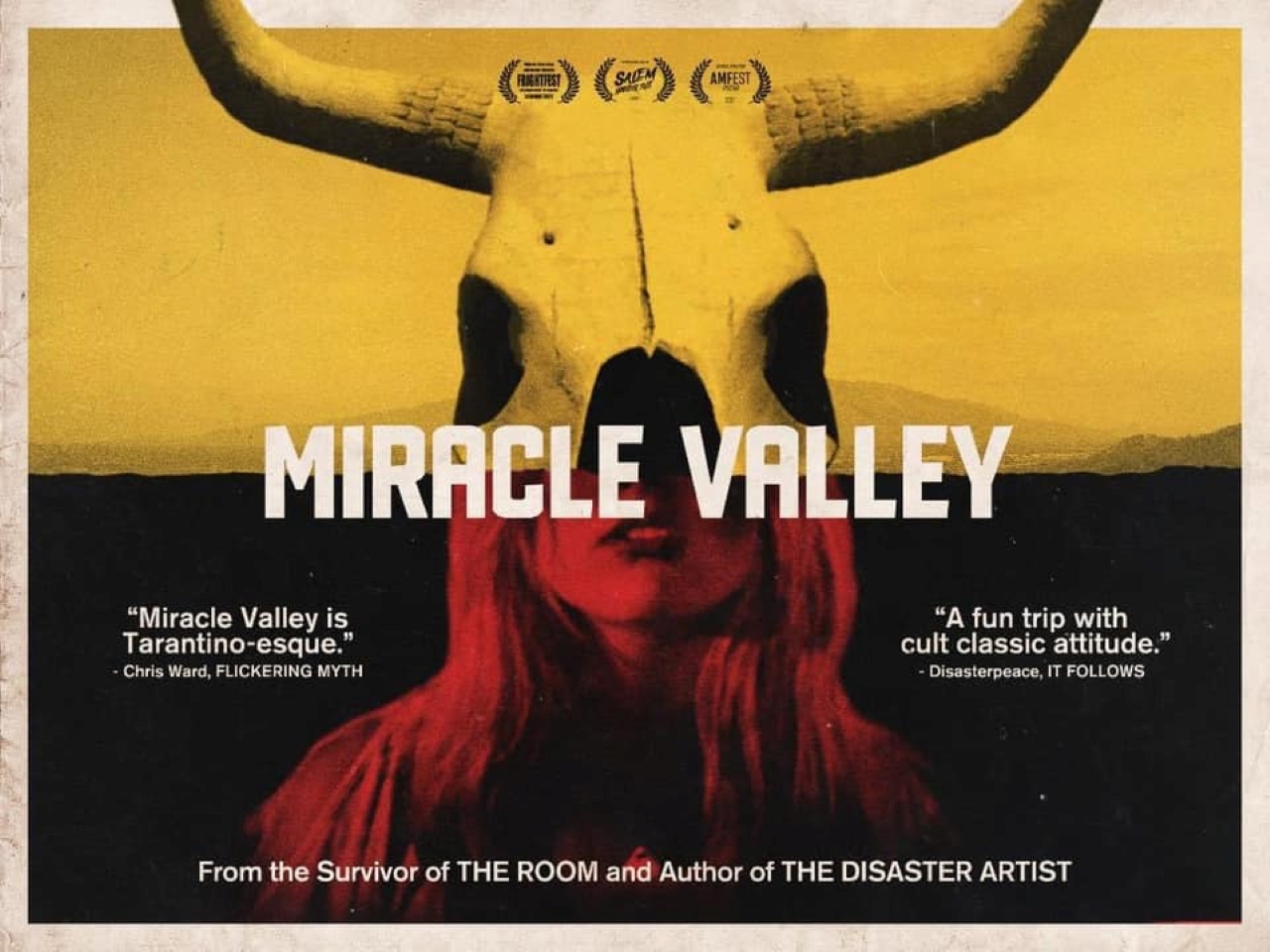
WH: Was that the original plan?
GS: No, it sort of evolved into that. I get down to Arizona and I’m living in this beautiful area in the middle of nowhere. Nobody around. And after a little bit of time I thought, maybe I should go for a drive, maybe I should try to find some inspiration. I came across this really old, abandoned church in the middle of a valley. I’m like, this is really eerie. The closer I got to it, the more bizarre it became. There was this huge dome fixture that looked like it was out of European Times, but the entire church had been ripped out so there was nothing in it. It looked like chaos and bad vibes had gone on there. So these guys approached me and were like what are you doing here? And I kind of tell them, I’m checking things out. They start telling me about this cult that used to traffic people based on their blood type, and the police had gotten involved, and everything sort of shut down in the ’80s. But that the cult was going to come back stronger than ever. And so they had asked me if I was interested in joining, like, you’re new to the area. And I was like—okay, this is right up my alley. So I started researching cults and I just started writing. I put the screenplay together in about three weeks. I just dove into it, and I would go to these really random spots, and I found these really amazing shooting locations. The movie came together in about six months and we ended up making the film—and then the pandemic happened. And what’s so weird is that elements in Miracle Valley parallel what we went through with COVID. These people that were living out there had found a bag of blood that we had used when we were filming. And they truly believed that this film is what sparked the pandemic.
WH: What are you most proud of with Miracle Valley?
GS: I really enjoyed just the raw joy of making movies and storytelling. I made that movie for that particular reason. And I think what I like about it is it’s quick. I mean, there’s a lot of movies out there that are two or three hours. It’s a quick movie, it’s under 90 minutes, and it’s really an homage to ’70s horror and movies that I loved like The Hills Have Eyes, The Texas Chain Saw Massacre, Race with the Devil—things that when you watch them, they’re weird and timeless in their own way. We shot on an ARRI Alexa and we color-graded it to make it look like we were during that time. I think it’s got a vintage feel to it. And seeing it with a crowd there’s unironic comedy that I didn’t know was there and that’s always charming. So I think it’s a fun throwback to horror lovers that I think they can enjoy and I’m just proud that it plays well with the crowd.
WH: You were a part of Netflix’s wildly popular The Haunting of Bly Manor. What was it like working with director Mike Flanagan? And do you have any favorite memories from being a part of that production?
GS: It was great getting to work with Mike Flanagan (The Haunting of Hill House) and his team, they’re all such professionals, they treat everybody with such respect, whatever position you’re doing. And getting the chance to watch Mike direct, his preparation, he’s great. We’ve stayed in touch. We got to work on The Room [remake] shoot together, where he played Peter. And it was an amazing set on his show. So many people love him around the world, and that kind of speaks for itself. I’ve been asked so many times about being on The Haunting of Bly Manor and I love that it came about as such a surprise. We kept it a secret. And getting to be around Mike was contagious. I made Miracle Valley shortly thereafter working on Bly Manor. It just gave inspiration towards making films.
WH: Outside of The Room, what is one of most interesting onset experiences you’ve had?
GS: I think working on Best F(r)iends was something—some of the funniest moments I’ve ever seen. There was a particular day we were filming a scene with a clown. There’s this really weird David Lynch nightmare scene where this clown walks up to Tommy [Wiseau] from behind in a morgue, and it’s weird and stilted and shaky and then we’re supposed to cut. But the guy playing the clown just grabbed Tommy and started violently choking him and I was like whoa this is not what the scene called for. Tommy’s going to die if somebody doesn’t say something. And Tommy never breaks a scene but on this day he’s like (Greg imitates Tommy’s voice) “Cut. My God, do you know anything about acting?” So I’m sitting here, we’re on a real life autopsy morgue set and I’m watching Tommy give acting lessons to a guy dressed in a weird clown costume and I was like, dude, if we never finish Best F(r)iends it was worth it just for this moment.
BB: If you could pick one film from your past which people might not have seen yet, which would you recommend?
GS: I had a lot of fun a year ago making a movie called The Christmas Tapes. We shot my part in four hours and I got to work with these great filmmakers, they gave me the scenario and I came up with the dialogue. On Christmas Eve I hold this family hostage. And I’d never done anything like that before, and I got to have a lot of fun with it. It’s on streaming now on all platforms.
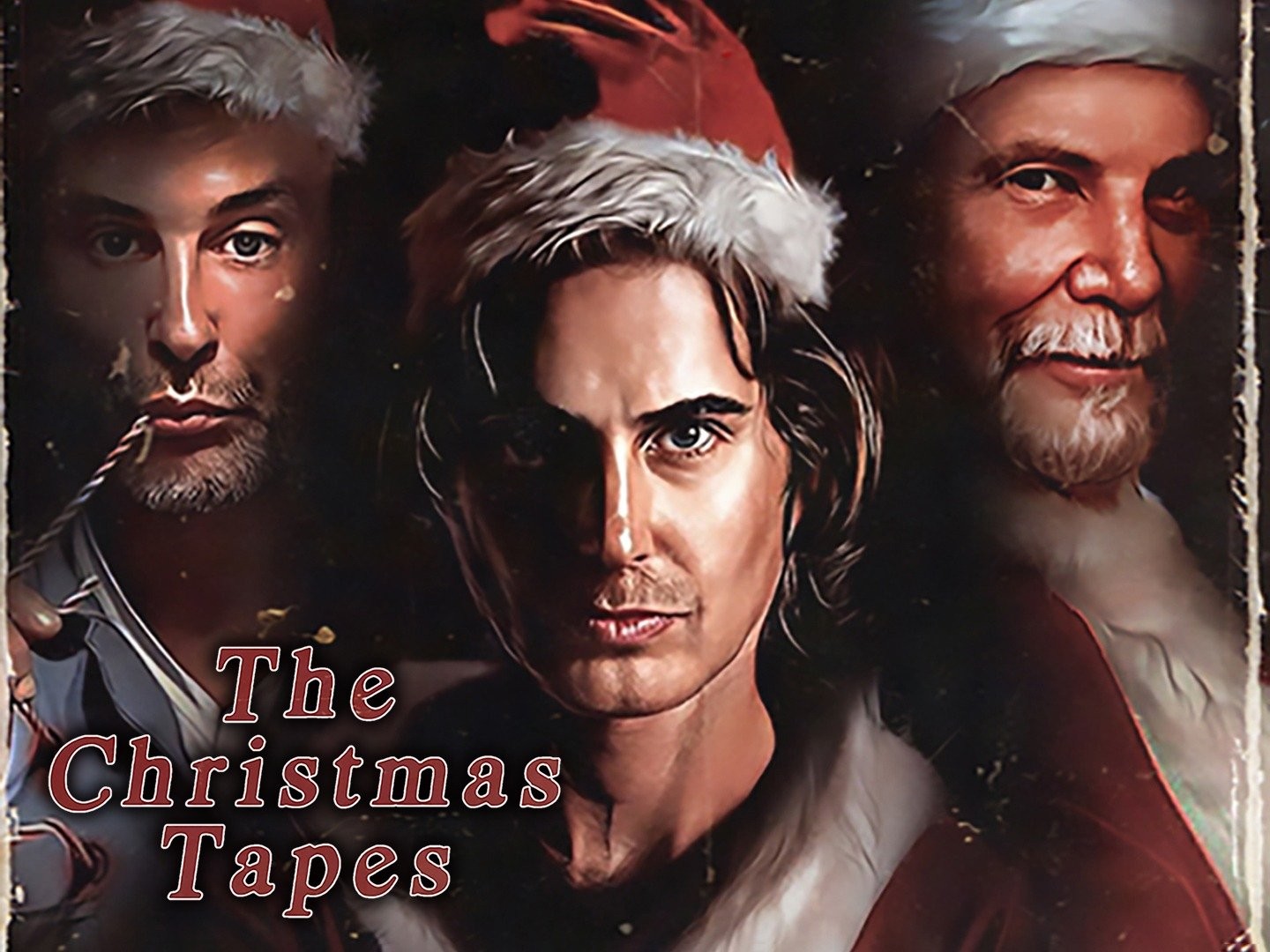
WH: Your next movie is the alien abduction film Forbidden Sky. What can you tell us about the picture? And how far are you into the process?
GS: The movie came about during the pandemic when I was living in the Miracle Valley house. I took a UFO night tour in Sedona, Arizona which was incredibly bizarre, from the guide, to what we saw, to what we were told. The more I researched UFO stories in that area and visiting Roswell, I was just like, this is really captivating. So this is before the UFO craze that’s come up the past couple of years. I started writing the script and the movie is about a radio host named Alan Cobb who used to be on a really bad sci-fi TV show. And he really believed it was great and it was foreshadowing what was coming, warning people. But because of the costumes and the dialogue it was cancelled, and he’s like, no, no, no, you guys don’t get it. So he literally hung onto this character, lived this character, tried to preach what was coming on his late night conspiracy show. No one really listened. He was putting up weird antennas trying to get signals but, ironically, one night it worked. There’s this alien race trying to reach Earth but they’re only speaking to him not anybody else. So now he’s this legit contact and now he’s placed in the role of his life. So, it sort of plays out in a really weird actiony-comedy-sad dynamic way. Some of the inspirations that I had were Fire in the Sky, Galaxy Quest, Ex Machina, The Truman Show—these stories I jived with when I was working on the story.
Did You Know? Wicked Horror TV Has Classic and Independent Horror Films Available to Stream for Free!
BB: Can you walk us through what the journey was like for you from when The Disaster Artist came out as book to when it transformed into a film?
GS: I had high hopes when I was writing the book that it would become a film. I was picturing Ryan Gosling as Greg and Tommy Wiseau—Javier Bardem. I kind of saw that connection. I really saw the story as a film that could be appreciated and respected. I told the publisher I really believe the story could be a movie. And I think people didn’t quite understand or grasp a movie about a book about a movie. But shortly after the book came out, we had people that really saw it as a film. It was incredibly rewarding and it was cool to think, hey, you can dream and a piece of that dream can come true. So I got a chance to work with James Franco and his team. They were great, they were so detail-oriented, they loved the story. It really meant so much to them. And every part of the way it was put in the right hands from the distributor to the production team, the production designer, the score—it was really just an all-star team that made it such a great, rewarding experience.
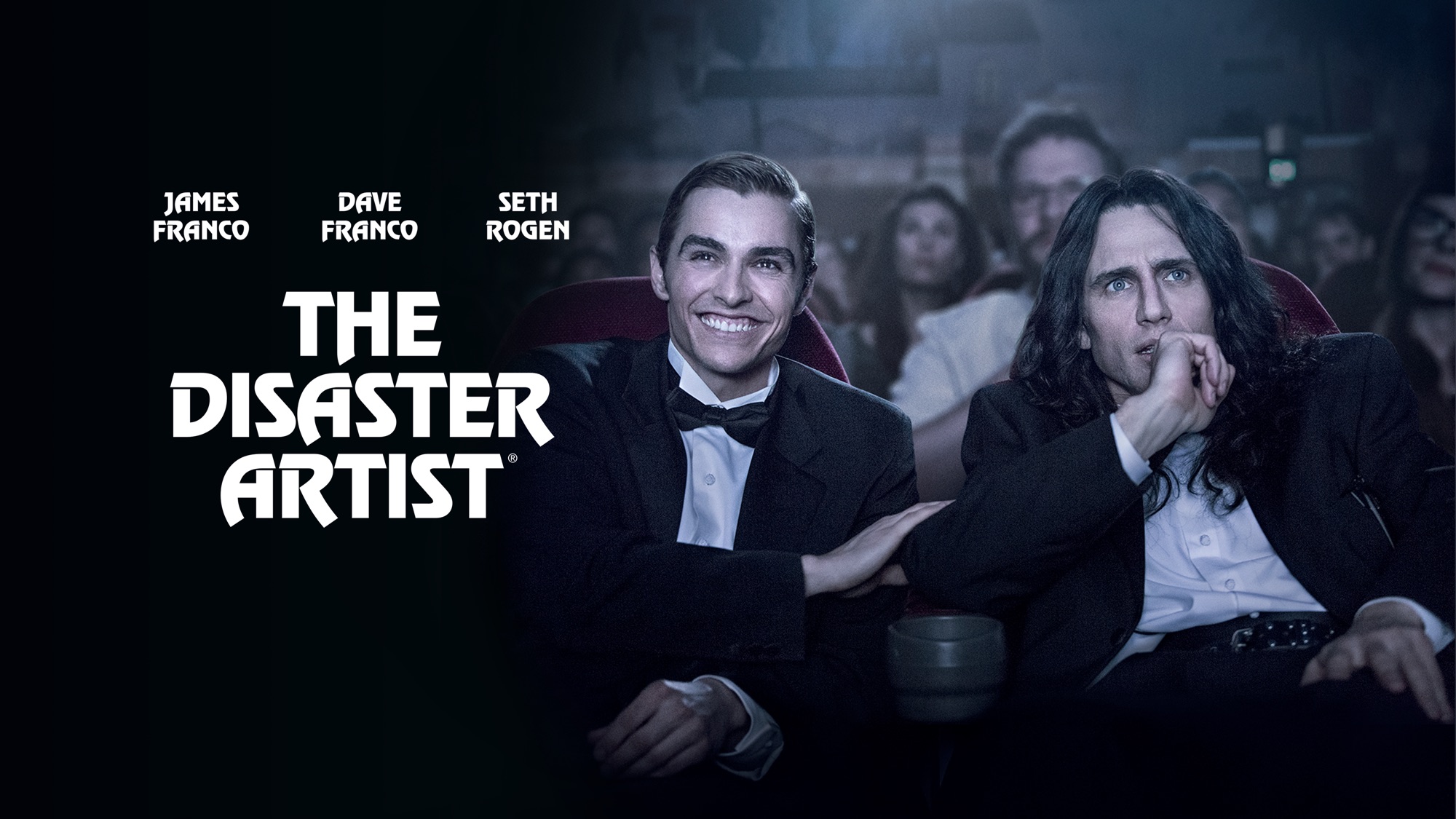
BB: Was there any scene in The Disaster Artist which stands out to you as really nailing your experience?
GS: Yeah, I really connect to and love that they included the James Dean stuff because that was such a bonding moment for Tommy and me. We drove to the middle of nowhere for hours just to see the scene of this crash. And I love that they included that in the heart of the story.
BB: You’ve been all over the world touring with screenings of your films. Have you been surprised internationally by some of the fervor and passion fans have for you or The Room?
GS: It’s been amazing to see the whole thing grow. I love that there are so many open-minded cinema goers out there that read, that pay attention to things, that take chances anywhere from being in Rome to Paris to eastern Europe. It’s just been really cool to see people willing to go out and experience movies in the theaters. And the fact that how far the story has traveled, I mean, I’m really thankful to YouTube and word of mouth. It’s brought so many people together. The story that started as this weird story in an acting class has brought so many people together around the world. It’s a universal story. Tommy might be odd and eccentric but at the end of the day I think we all understand each other.
WH: In closing, what advice or wisdom have you accrued that you could pass onto others, whether they’re writers, actors, or doing anything else creative?
GS: I think I’ve really seen the impossible happen. You look at The Room and some of the scenes people love the most are Tommy and I just showing up with a camera and filming. And people can do that at any time. They don’t need permission, you don’t need someone to say yes, we want this, we need this. It was literally us going out and trying to make something happen. And people have really responded to it. So I think that any goal you have, just go out and try it. It’s the least you owe yourself. You want to write that book, you want to make music, it’s really about just doing it. The joy comes from that. I’ve been very lucky to go to awards shows, but really, when I look back, the stuff that brings me the most joy is making something.
